A number line is a line that shows numbers, in order. A number line can start at any number and end at any number. You can use number lines to count, add, and subtract.
To better understand number lines…
LET’S BREAK IT DOWN!
Compare numbers of jelly beans.
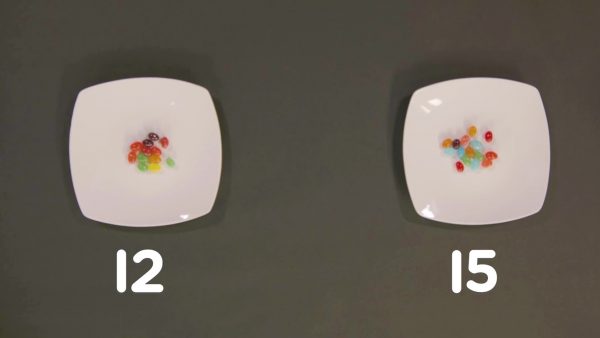
You have 12 jelly beans. Your friend has 15 jelly beans. Who has more? You can compare numbers on a number line. Number lines have tick marks to mark numbers. Numbers increase from left to right. 15 is to the right of 12 on a number line. So, 15 is greater.
Add numbers of parrot seeds.
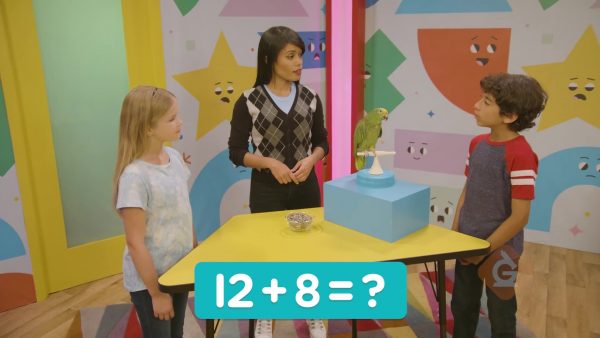
You give your parrot 12 seeds in the morning and 8 seeds in the afternoon. You can use a number line to find the total number of seeds you give your parrot each day: 12 + 8. First, mark the 12 on the number line. Then jump 8 numbers to the right. This is like counting on 8 numbers. The last number you land on is 20. So, 12 + 8 = 20.
Add 2-digit numbers on a number line.

You can add bigger numbers in parts by skip counting. Find 20 + 24. Start at 20 on the number line. One way to jump 24 is to jump 10 and 10 and 4. The last number you land on is 44. 20 + 24 = 44. You could make jumps of any size, as long as you jump 24 in all.
Add 3-digit numbers on a number line.
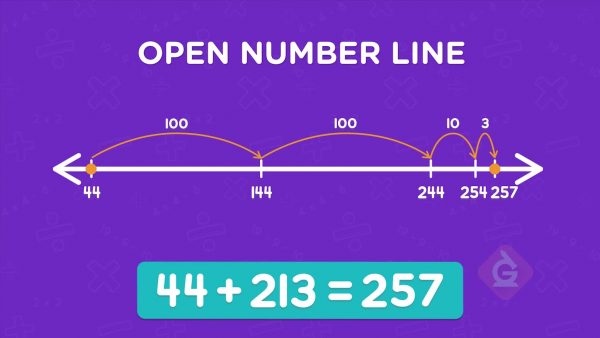
A shop sells 213 cookies and 44 cakes. How many items do they sell in all? You can start at either number. One way to add is to make a point at 44 and jump 213. To jump 213 you can jump 100, 100, 10, and 3. You land at 144, 244, 254, and finally 257. 213 + 44 = 257.
Subtract numbers on a number line.
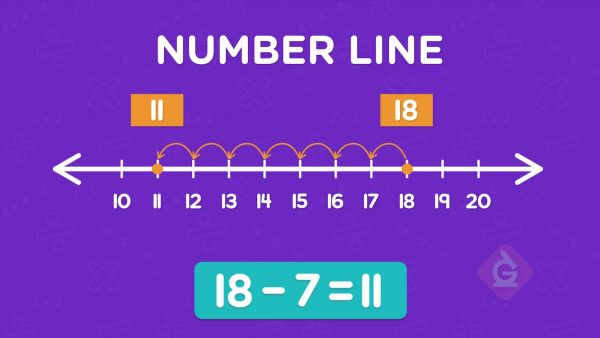
You can also subtract numbers on an open number line. To subtract, you place a point at the greater number. Then you jump back to the left, like counting back. To subtract 71 – 32, put a point at 71. Then jump back 32. One way is to jump back 1 to 70. Then 1 more to 69. Then you can jump back 10, 10, and 10 (or 30). The last number you land on is 39. 71 – 32 = 39.
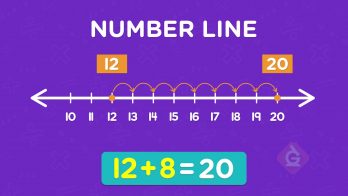








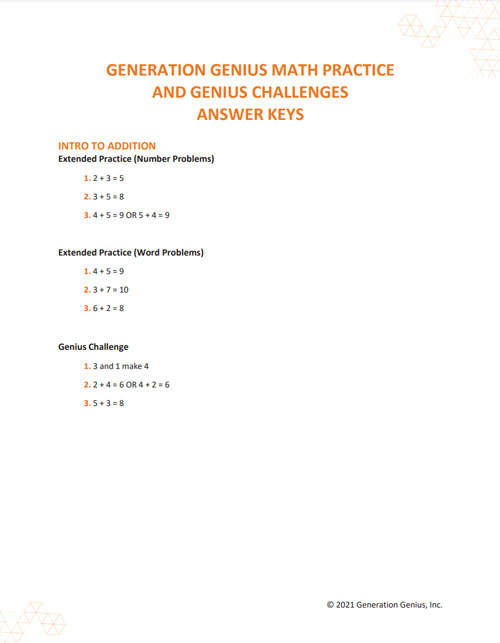























































































































 Select a Google Form
Select a Google Form








